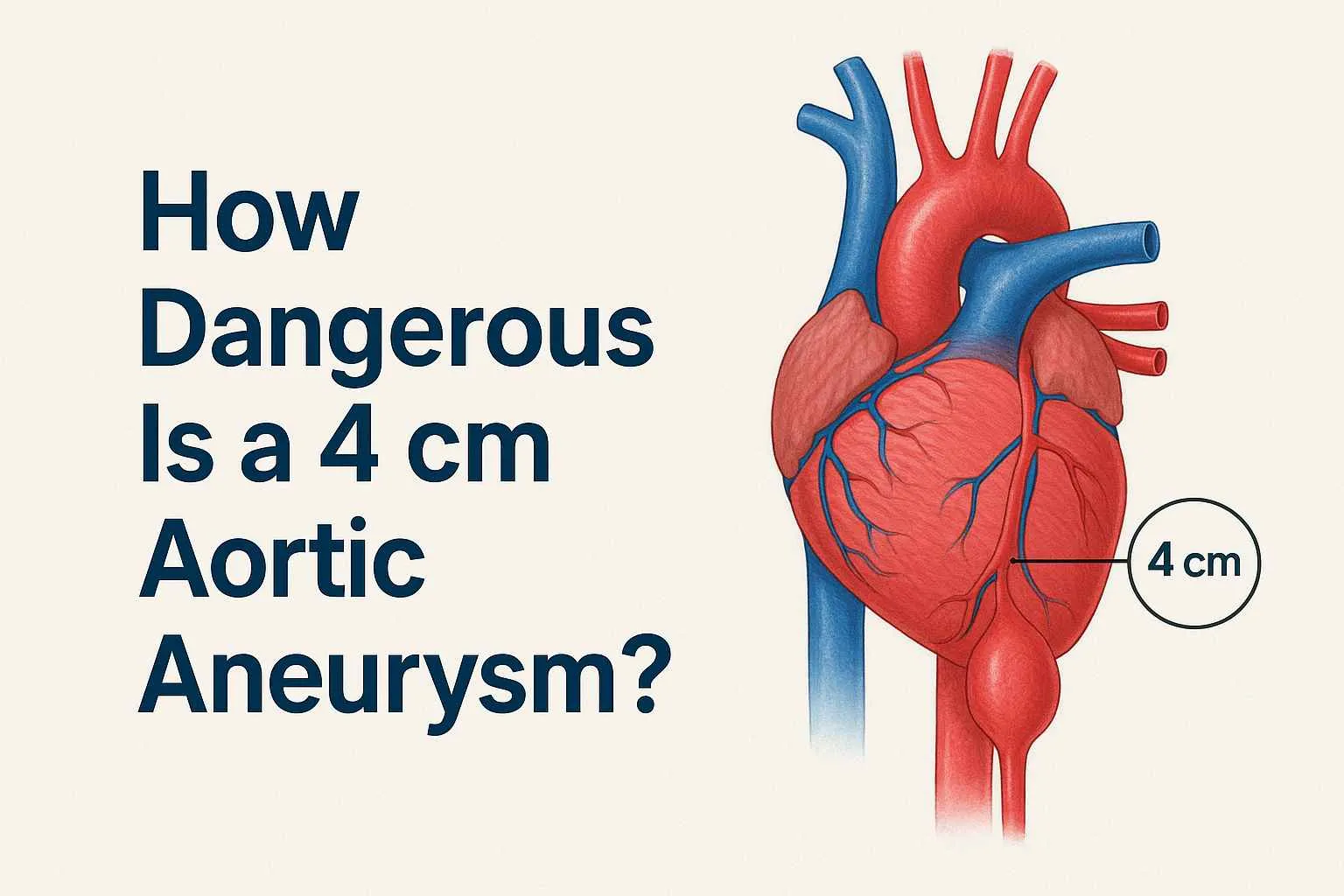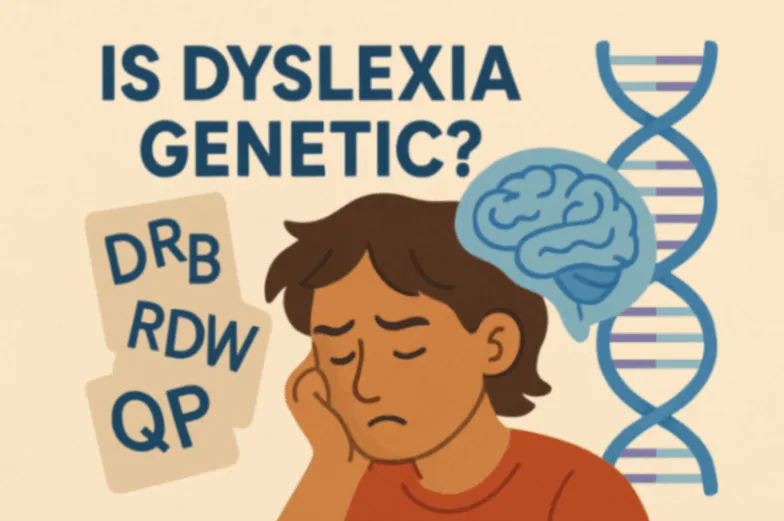Spotting the first signs of angina, heart attack or stroke can save a patient's life. The sooner a patient reaches an emergency room for treatment, greater are the chances of minimizing heart and brain tissue damage and saving a life.
However, the most common culprit that comes in way of delivering prompt, effective treatment in heart emergencies is the delay by a patient in seeking care. As a result, only a small proportion of patients receive treatment for their heart within the most crucial time period.
Let's take a look at the 3 common symptoms of heart emergency and some ways to help oneself or a patient till an ambulance arrives.
Heart Attack
During a heart attack, the blood flow to a patient's heart muscle is cut off, often as a result of a blood clot or fatty deposits called plaque, narrowing and blocking an artery. This compromising the blood supply to heart and may lead to tissue death.
The treatment required to restore function is an angioplasty procedure or clot-dissolving drugs within the first hour after the symptoms appear. However, many patients do not seek medical help for few hours till the symptoms worsen.
Individuals must watch out for the following warning signs of a heart attack:
- Mild to severe pressure, feeling of fullness, squeezing or pain in the chest centre that comes and goes.
- Pain shooting up and down the shoulder and arm, Discomfort in arms, neck, jaw, back or stomach.
- Light-headedness, shortness of breath; nausea or cold sweat even without any major activity.
- Women may experience the above symptoms or may feel unusual fatigue, indigestion, nausea and abdominal discomfort.
What to do:Some immediate help can be provided by the patient himself or herself or to someone else before the hospital is reached:
- Patient must swallow an aspirin.
- Patient must lie still and remain calm.
- If the patient loses consciousness and pulse and stops breathing, it signifies a stopped heart or cardiac arrest. A trained person must begin cardiopulmonary resuscitation (CPR) or call hospital emergency number to be guided through the steps till help arrives.
Angina
An angina refers to a condition in which a patient experiences pain or pressure in the chest from lack of oxygen supply to a heart muscle (resulting from narrowing or blockage of artery). Angina may be triggered by physical exertion, strong emotions or extremes of temperature.
Warning signs of angina include:
- Pain and Sense of fullness in the center of chest, pressure, and squeezing.
- Pain radiating to shoulder and arm, discomfort in arm, shoulder, neck, back and jaw.
An unstable angina condition may cause symptoms to appear at unexpected times, even with minimal physical activity, and these don't go away with rest or medication.
What to do: Medical help should be sought immediately.
Stroke
Stroke is similar to heart attack, but it affects the blood vessels that supply the brain, not heart. For this reason, a stroke is also known as 'brain attack', causing a part of the brain to die as result of blocked or ruptured arteries.
Getting medical treatment within the first hour after symptoms appear can reduce disability that may result from a stroke. If untreated or treated after a delay, a stroke may result in permanent brain damage and paralysis. Every minute counts for a patient undergoing a stroke - greater the delay in seeking help, greater the potential damage.
Warning signs to look out for:
- Sudden weakness or numbness of face, arm, leg (especially on one side of the body).
- Sudden trouble in speech or understanding; confusion.
- Sudden trouble in vision in one or both eyes.
- Sudden onset of severe headache.
A top neurologist in Gurgaon says,
Stroke is commonly mistaken for vision problems; people with diabetes may confuse sudden weakness and confused state for low blood sugar.
What to do: Hospital emergency helpline must be called immediately. Members of a family must be able to recognise symptoms of stroke.

Reviewed by







